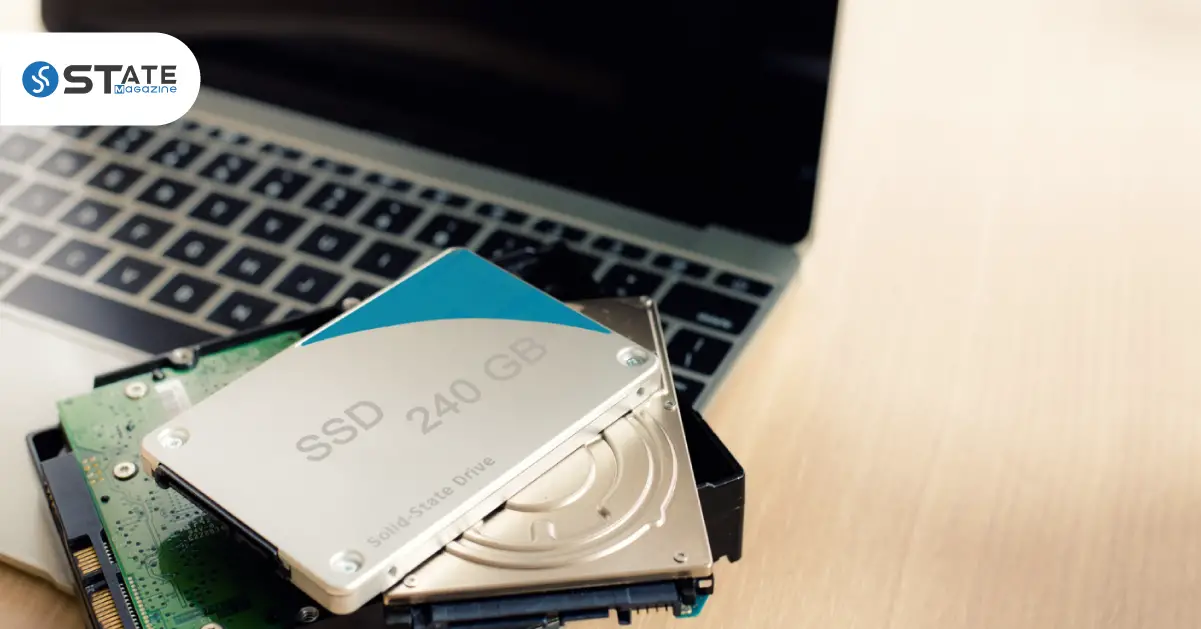This is a guide on the worst SSD brands to avoid in terms of performance, speed, and durability. As they outperform traditional hard disk drives, many people look for SSDs to replace them. But you need to know what brands to avoid and how to choose the SSD reliability by brand. So these details would help you find the most suitable SSD with the best performance for the money you spend.
List of 5 SSD Brands to Avoid
Contents
Here are some of the worst SSD brands to avoid in the market. Most customer review forums have indicated these brands as unreliable and inefficient. This is due to certain issues related to performance, speed, less reliability, and low warranty periods. Knowing these models would give you an idea that despite being popular, not all brands are immune to worse inventions.
1. Samsung – SSD 860 EVO
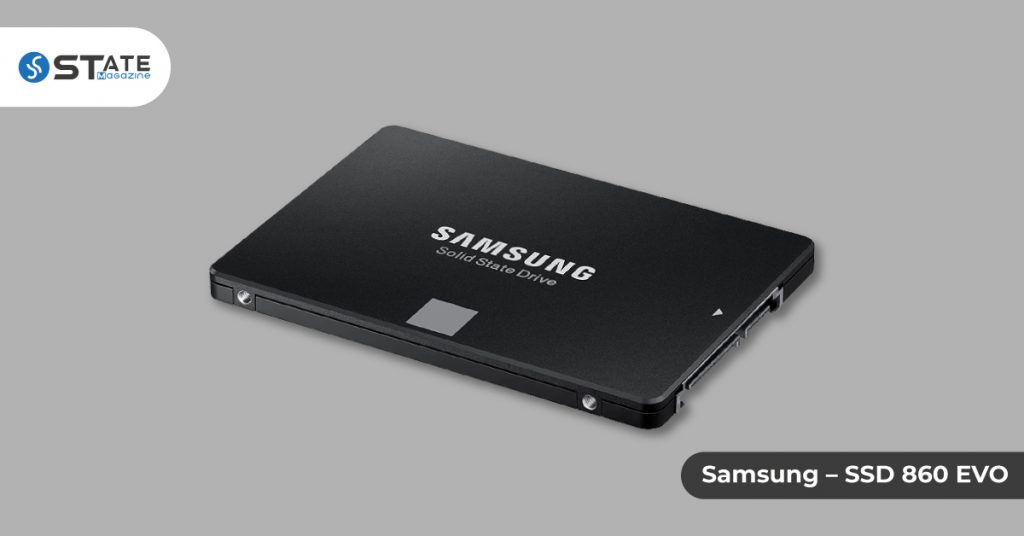
As Samsung is highly reputed for its electronics, its SSDs are also believed to be of high quality with excellent performance. The model 860 EVO has storage up to 4TB, exceptional security, and a very fast transfer speed. However, this has failed to meet up the customer expectations due to some other issues.
Reasons to Avoid:
- Many software problems
- Compatibility issues for AMD users
- Mislabeled
- Not durable
- Poor warranty
- Inefficient customer service
2. Sabrent – Rocket 4 Plus
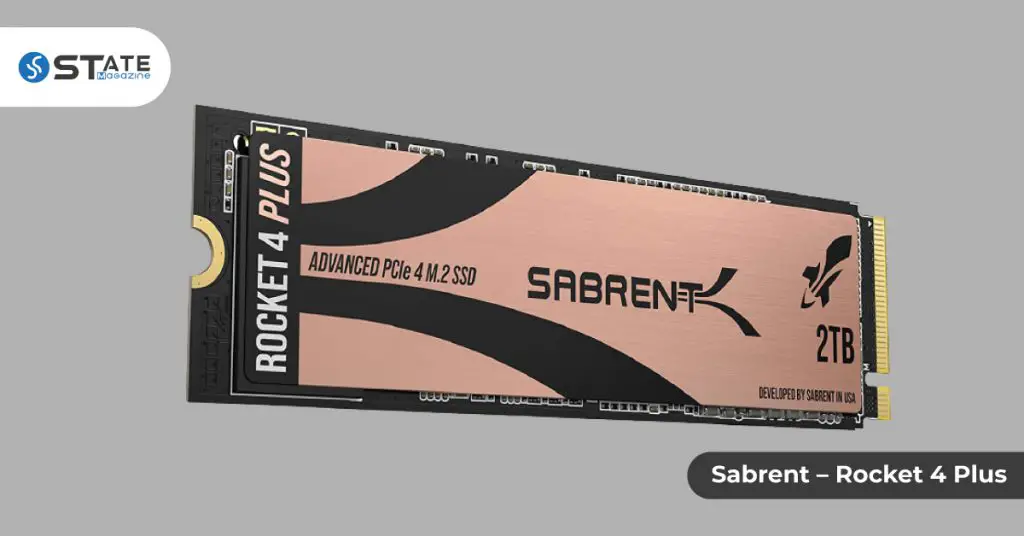
This is the latest model in the family of Sabrent’s NVMe PCIe Gen4. It is available in capacities 1, 2, and 4TB. It has very high speed and is mostly preferred by gamers. The latest Phison E18 controller is used in this model. But the following issues have made this one of the SSD brands to avoid.
Reasons to Avoid:
- Bad after-sale services
- Only one year warranty
- Performance reduces after one year
- Occasionally unstable speeds
- Dead on arrival
3. SK Hynix – Gold P31
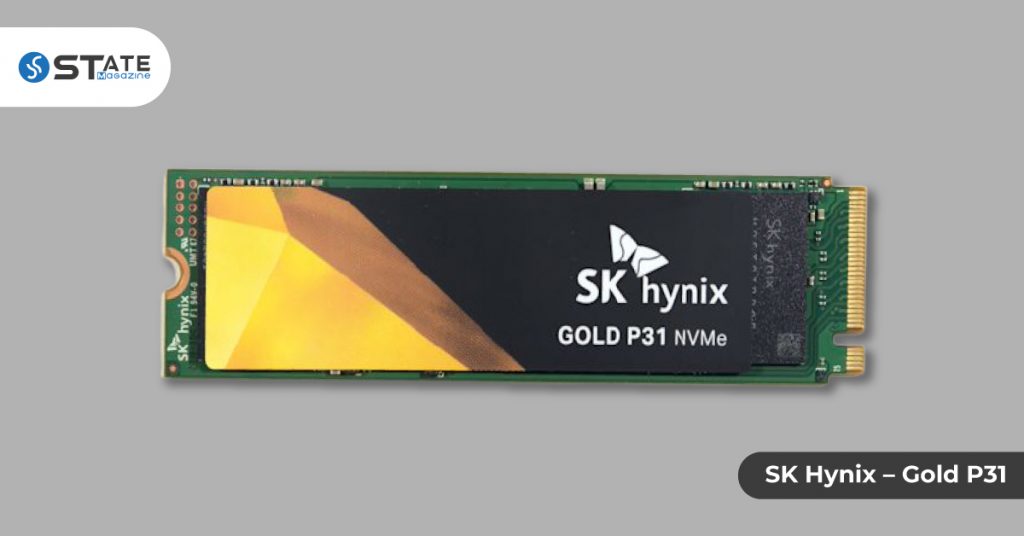
This is highly preferred by programmers and content creators. It comes with the company’s 4D NAND flash but is not quite the fastest in the market. It uses PCIe 3.0 interface and is somewhat slow. But PCIe 4.0 is getting more popular as new models use this interface. Here are some issues that you need to know before purchasing this model.
Reasons to Avoid:
- Meager software
- No AES 256-bit encryption
- Dull appearance
- Slow Clone speed
- No SSD toolbox
4.Kingston – V300
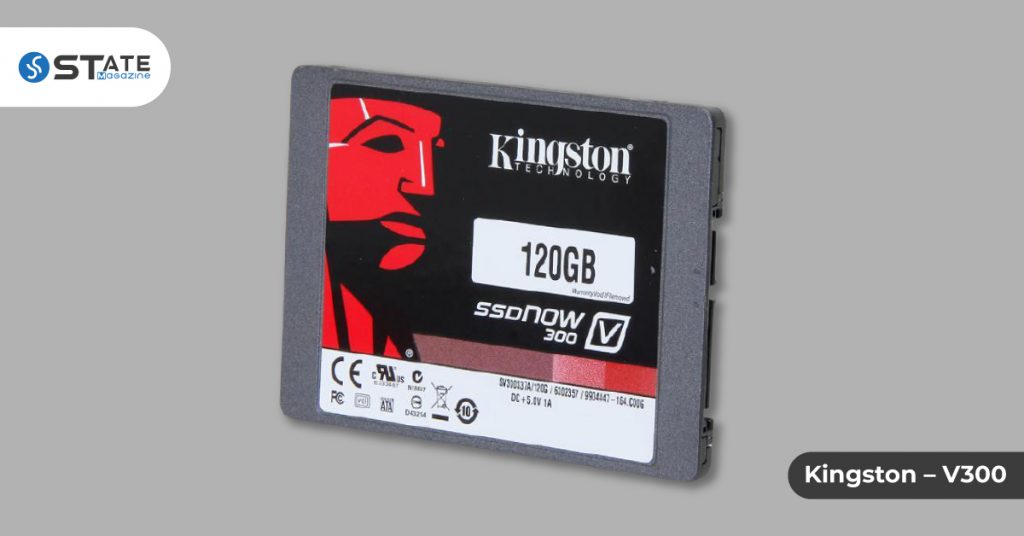
This model has very high performance preferred by most users. But it uses a SandForce LSI controller and has drawbacks in write speeds, and it’s one of the slowest SSDs available. Some other reasons have also resulted in this, making this one of the worst SSD models.
Reasons to Avoid:
- Slow write speed
- Moderate quality of product
- Dead on arrival
- No Cloning software
- Unreliable performance
5. ADATA – SU630
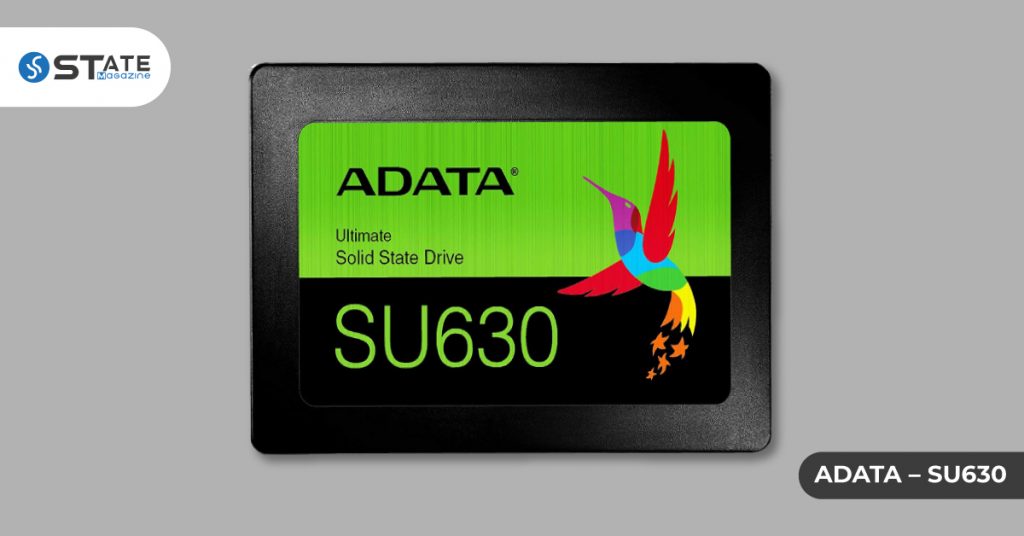
This comes in memory capacities of 240, 480, and 960 GB. It is considered to be one of the very first to have a 3D V-NAND QLC memory. However, certain issues have made this model one of the SSD brands to avoid.
Reasons to Avoid:
- When the SLC-cache is full, recording speed reduces to low rates
- Dead on arrival
- Only two years warranty
- Low durability
6. KingSpec
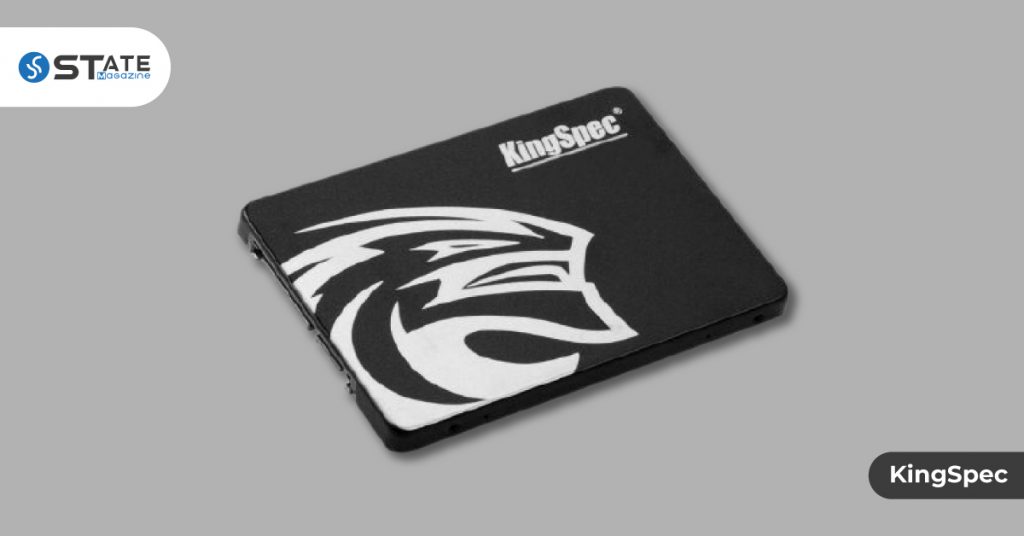
KingSpec is considered to be a very low-end manufacturer of SSDs and is few generations behind the other manufacturers. They also use poor NAND chips, and the drives also have poor reviews on these SSDs. These have got negative feedback from users due to certain issues, as indicated below.
Reasons to Avoid:
- Low-quality NAND chips
- Fail prematurely
- Offer lackluster performance
- It doesn’t even use the 500 MB/s bandwidth sometimes
Recommended SSD Brands
Finding the best SSD model would help you upgrade your old hard drive or get additional storage. These SSDs are more robust than regular hard drives and will load at very high operating speeds. The following recommended brands have different sizes and types from which you can choose the best model to suit your requirement.
1. Samsung 970 Evo Plus: Best SSD
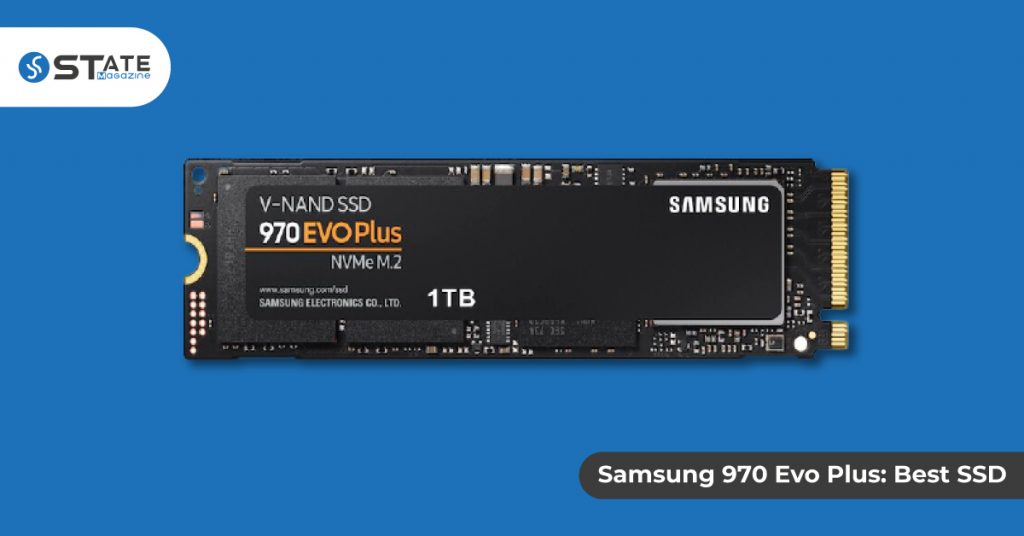
This SSD has a PCIe NVMe interface and M.2 form factor and has very high performance. It comes in memory capacities of 250GB, 500GB, 1TB, and 2TB and offers a warranty of 5 years. You can get almost everything you need from an SSD in this model, including a read speed of 3,500 MB/s.
Pros
- High storage capacities
- On-board thermal cooling system
- Fast and reliable
- Affordable price
Cons
- The high load would reduce writing speeds
- Not a PCIe 3.0 model
2. WD Black SN750 NVMe SSD: Best Gaming SSD
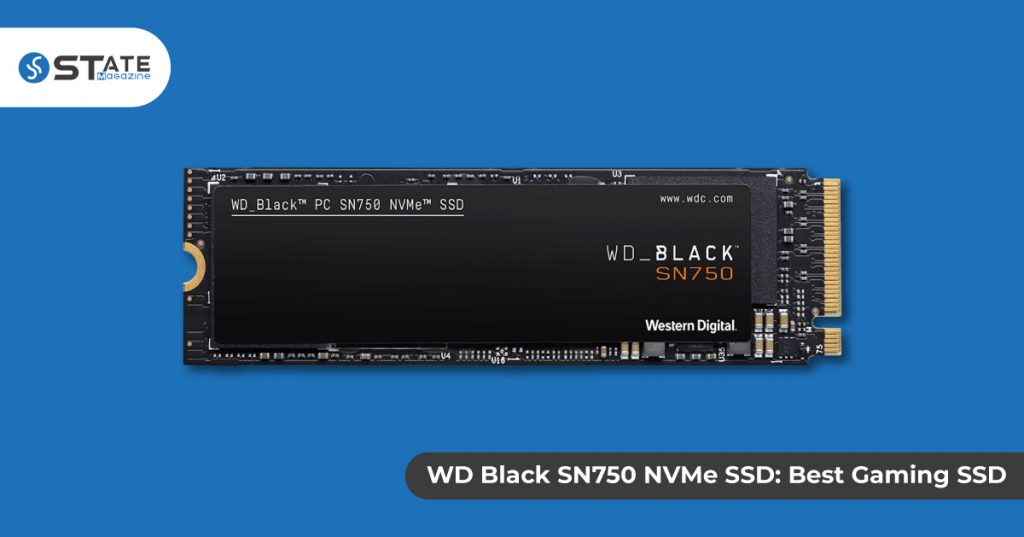
Western Digital is one of the most reliable brands related to data storage services; it has spectacular performance, and WD Black SN750 is considered the best gaming SSD offered by this manufacturer. It has a very high random read speed of 412.5 MB/s and is ideal for gamers. It comes in memory capacities of 250GB, 500GB, 1TB, and 2TB.
Pros
- Games load faster
- Affordable price
- High performance
- Optional heatsink
Cons
- Hardware is the same as its predecessor
- The heatsink version is expensive
3. Kingston KC2500 – Best Read and Write Speeds M.2 NVMe SSD
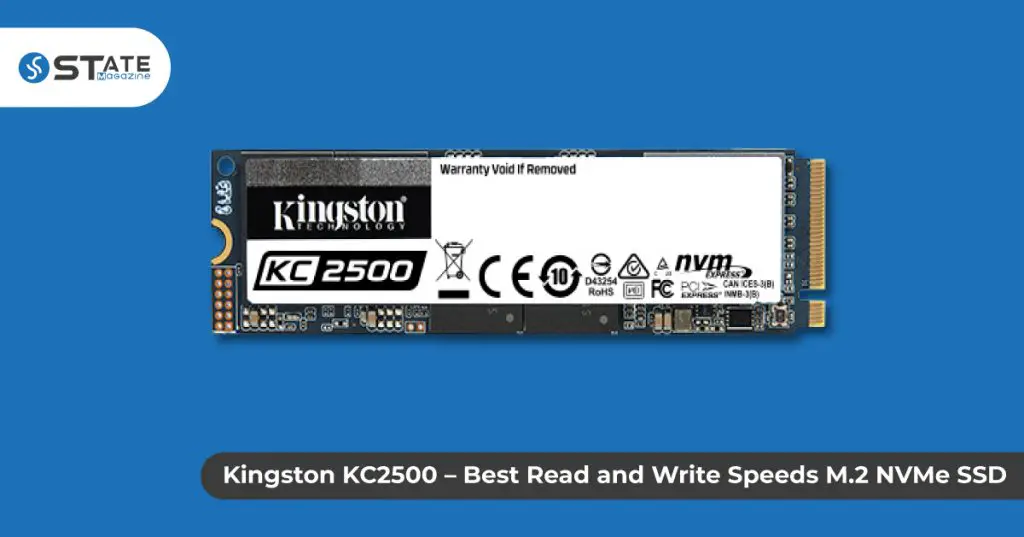
If you determine the SSD reliability by brand, then Kingston is an ideal pick for you. It is a globally recognized brand that is highly popular in reliable data storage devices. In addition, to offer SSDs, they also offer SD cards and flash drives. It is made with exceptional hardware and software engineering, which has created excellent read and write speeds. It offers a memory capacity of up to 2TB at a reasonable price.
Pros
- 3,500 MB/s read speed and 2,900 MB/s write speed
- High-speed processing
- Ideal for 4K videos and games
Cons
- Costs increase with capacity
- Not an economical choice
4. Intel Optane 905P & 665P: Reliable Performance
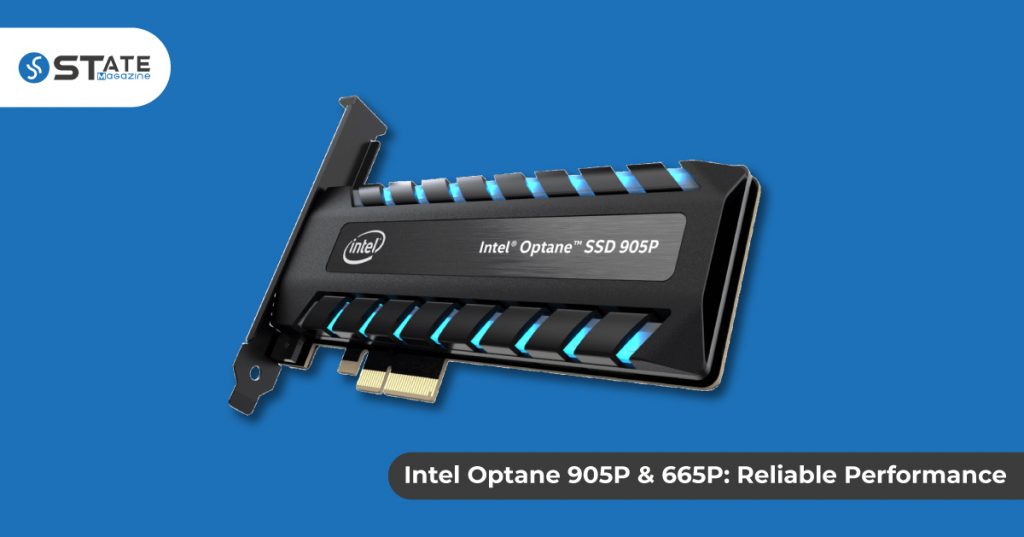
Intel offers the best SSD models such as Intel Optane 905P, Intel 750 Series, and Intel 760p Series. Even though most of these are quite expensive, the 760p series SSD has a reasonable price and high performance.
Pros
- Impressive performance
- 665P built on new QLC technology
- Optane 905P 2.5in PCIe* x4 interface
- Excellent random read
Cons
- Costs higher than similar SSDs
- 760p falls behind Samsung 960 EVO
5. Adata XPG SX8200 PRO SSD: Best M.2 SSD
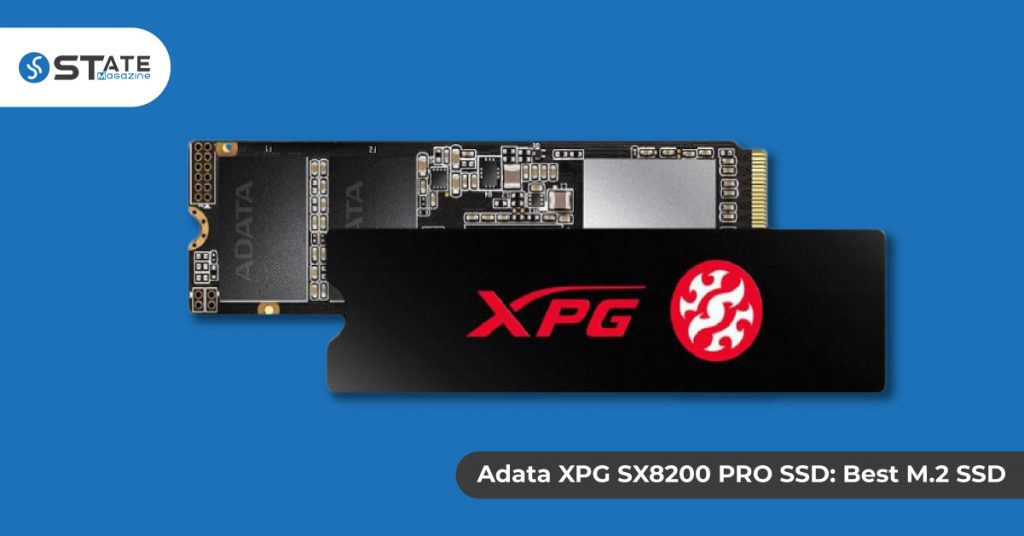
This SSD is ideal for anyone looking for high performance within a tight budget. It comes in storage capacities of 240, 480, and 960GB. It has all top performances in efficiency and endurance. It would give you the best return on your investment and is ideal for gamers and video creators.
Pros
- Maximum read speed of 3,500MB/s
- Low price tag
- Ideal for almost every user
- Best price to performance ratio
Cons
- Speeds may not be the best always
Buyer’s Guide
If you don’t know much about computers and still want to purchase an SSD, then you should get the help of a buyer’s guide. Knowing the function and various aspects of SSDs would help you determine the quality of various products in the market.
How Do SSDs Work?
The operation of Solid State Drives is quite destructive as it is burnt up to a certain degree every time it is written to a NAND flash chip. But these are precisely manufactured silicon devices that can withstand these effects. Drives built with these chips are highly durable than hard drives that perform the same workload. They are also faster and much compact than hard disk drives. SSDs can be trusted with your data than other devices. The lower power consumption of SSDs makes them ideal to be used in laptops and computers.
What to Look for When Buying an SSD?
Here are some important factors that you should look for in SSDs. Knowing all about them would help you to find the best device.
Drive Capacity
Different brands in the market have their ranges of capacity and different prices. The general storage capacities range from 128GB to 8TB. According to your requirements, you can choose the ideal capacity you need.
Controller
The performance of the SSDs relies typically on the performance of NAND chips and SSD controllers. The SSD controller is a computer system that has the responsibility of transferring data in and out of the flash chips of the SSD. The performance varies just as in any other computer comparison. The controller is working when the driver reads, writes, and erases. So having a high-performance controller would help you to avoid bottlenecks in the performance of your SSD.
P/E Cycles
The Program Erase Cycles are the number of series events where the data is written, erased, and rewritten. This is done in the amount that can be handled by the NAND flash chips. The higher the number of cycles, the better. The best SSDs have from 500 to 100,000 P/E Cycles.
Error Correction Code (ECC)
Error Correction Codes and detection mechanisms are used in modern SSDs. It helps in protecting data stored in NAND flash chips and avoids any corruption. So finding an SSD with proper ECC support is essential.
Meantime Between Failures (MTBF)
MTBF is a measure of the reliability of components. Not only for SSDs but this can also be applied for any device that wears out with time. So generally, MTBF is more like the life expectancy of an SSD. As advanced technology is used in the manufacturing processes at present, the MTBFs are offered over million hours. So when purchasing an SSD, make sure to find one with the highest MTBF.
Trim Support
Trim support helps in cleaning and optimizing deleted files to help SSDs function constantly over a long period. This is done automatically by the operating systems in modern software. So if you are purchasing an SSD for a PC with an old operating system, then make sure that the SSD you buy has an internally supporting trim feature.
NAND Technology
Four types of NAND cell technologies are used by SSDs. They have different arrangements along with pros and cons. They are:
- SLC (Single-Level Cell)
- MLC (Multi-Level Cell)
- TLC (Triple-Level Cell)
- QLC (Quad-Level Cell)
Hardware Interface
A built-in ACHI compatible SATA controller is available for the standard-sized 2.5-inch SSDs. NAND memories have very fast speeds, but the speed of the 2.5-inch form factor is limited to the maximum speed of the SATA controller of the motherboard. Currently, the SATA interface is on version 3.0, which has a maximum transfer rate of 6 Gb/s. Yes, it’s gigabits per second and not gigabytes. So with the encoding, the high clock speed of the SATA signal stable is around 500 MB/s.
Form Factor
The compatibility can be determined by the form factor of the SSD. The 2.5 inch SSD can give the best of 500 MB/s, and you would have no option. If you own a laptop with a SATA drive without an M.2 slot, then you would have to purchase a 2.5-inch drive. However, you can have the advantage that M.2 and PCIe drives are much faster.
Warranty and Support
As there are various qualities of SSDs in terms of their build and performance, they cannot be treated equally. So when buying an SSD, make sure to go for the latest technology made by a renowned manufacturer. This would ensure better performance and a longer lifespan of the device. You should also go through customer reviews and feedback before you purchase it. The best high-end brands are from reputed manufacturers such as Toshiba, Samsung, and Silicon Power.
Frequently Asked Questions
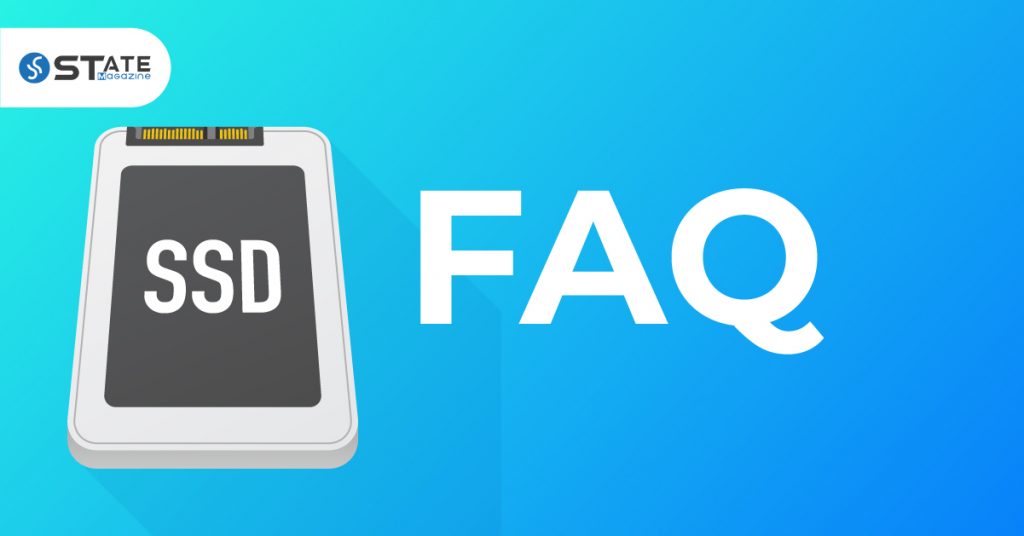
Which type of SSD is fastest?
PCIe SSDs have more bandwidth and can provide three or four times the speed and performance of SATA. So these are considered to be the fastest type of SSDs.
What is the lifespan of SSD?
The theoretical age of an SSD would be around 10 years. But the average life would be shorter than this due to working conditions.
What should SSD avoid?
- Don’t defragment the SSD.
- Don’t wipe the SSD drive.
- Don’t use old operating systems such as Windows XP or Windows Vista.
- Don’t disable TRIM.
- Don’t fill an SSD to its full capacity.
- Don’t write to SSDs constantly.
How many times can SSD be rewritten?
According to the lifespan of a maximum of 10 years, an average SSD can write approximately between 3,000 and 100,000 times.
Conclusion
SSDs have become a popular choice over hard disk drives due to various reasons, such as faster data transfer speed and efficiency. But choosing the best product may not be easy as their qualities differ widely. So in this guide, you must have had a proper idea about the SSD brands to avoid. If you know all the important aspects of them, you can choose a good SSD reliability by brand.
You should also consider the reliability of other appliances when shopping. Be aware of Worst Dishwashers and Refrigerator Brands to Avoid when purchasing.

